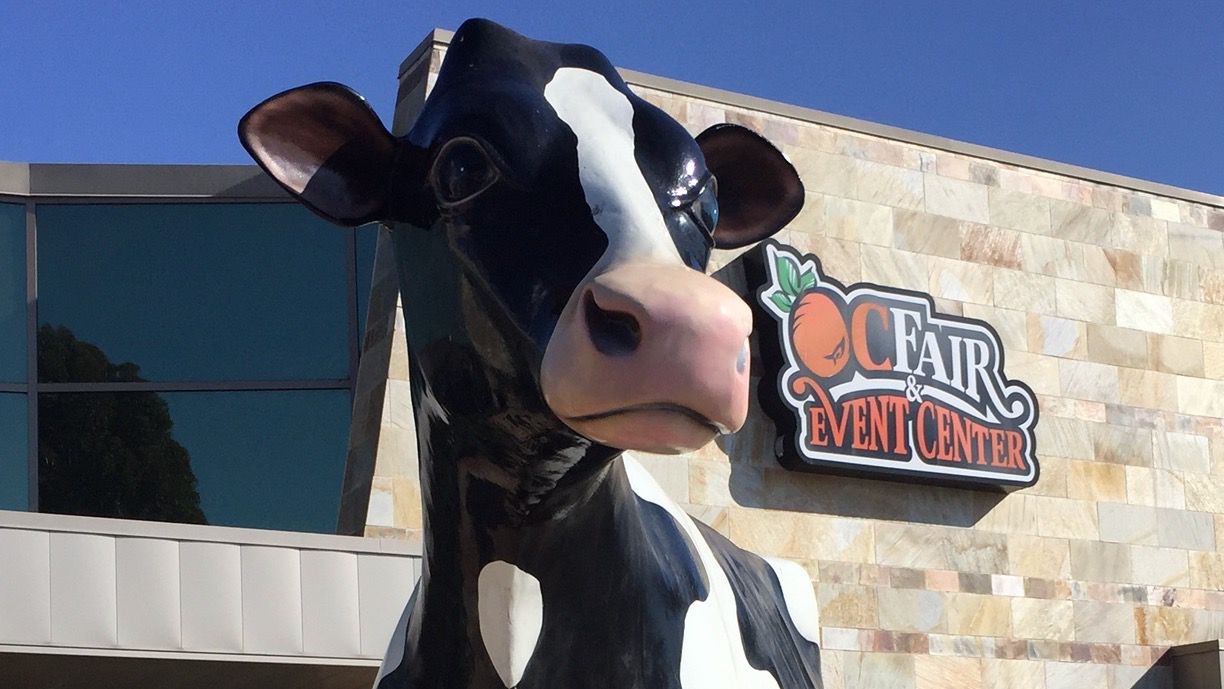COSTA MESA, Calif. — The return of the Orange County fair to Costa Mesa also means a return of vital income to one of California’s hardest hit regions.
The pandemic shut down all events with large crowds across the country and relegated the OC Fair to a virtual event. It erased the income it’s used to generating — about $50 million and even more in area spending.
Shutdowns decimated revenue and employment at Disneyland, a major employer, devastating tax income for the city of Anaheim.
These annual events attract thousands and benefit cities across their respective counties by drawing vendors from all over.
The Orange County Fair this year is especially focused on bringing in local vendors, said Natalie Rubalcava-Garcia, the chair of the OC Fair Board of Directors.
The board has reached out to chambers of commerce across the county, and included a push to Asian American, Latino, and other communities.
“For us it’s about supporting the economic recovery of Orange County,” she said.
The OC Fair is one of the state’s best earners, Rubalcava-Garcia said. She’s expecting revenue in the neighborhood of $30 million, or roughly a $10 million profit. She said the fair is looking to fill about 1,500 seasonal positions.
Costs will also remain the same — from ticket prices to parking passes to stall costs for vendors.
The OC Fair & Event Center is more than just the host of the annual summer fair. Events are held in its spaces year-round, from boxing cards to motorbike races. Organizers were forced to shift all events to virtual, resulting in a near total loss of revenue. But Rubalcava-Garcia said it’s crucial to maintain those community connections even if sponsorship money doesn’t come through.
“Without it last summer, it really hurt a lot of people, no doubt about it,” said Raymond Sfeir, an economist at Chapman University.
How it affects surrounding businesses and hotels is less clear. The neighboring towns, while hard hit, have not suffered as much as others like Santa Ana but particularly Anaheim.
“Just think about the lost taxes for the city of Anaheim. That’s huge. Anaheim got hurt more than other cities in the county,” Sfeir said.
The fair may help spread some money around the county, but Sfeir said it’s one of many steps that needs to happen to stabilize the local economy.
The first concern is coronavirus infection rates and whether they continue to drop. The county roughly doubled its vaccine doses to about 60,000 this past week and has seen decreases in hospitalizations related to the illness.
Federal money has also dropped into bank accounts of workers and local municipalities alike. Talk of a huge infrastructure package in the White House would bring even more money if passed.
But right now the county is returning to business — not as usual — but something much preferred to the intermittent shutdowns of the past year. Bars have opened and other non essential businesses have been able to reopen doors.
The OC Fair, however, won’t begin until July, leaving plenty of time for case rates to spike and best laid plans to be reconsidered. Rubalcava-Garcia said capacity will be restricted this year, and some popular events will be postponed including one blockbuster event: the demolition derby.
That event will be rescheduled for sometime later in the fall.



